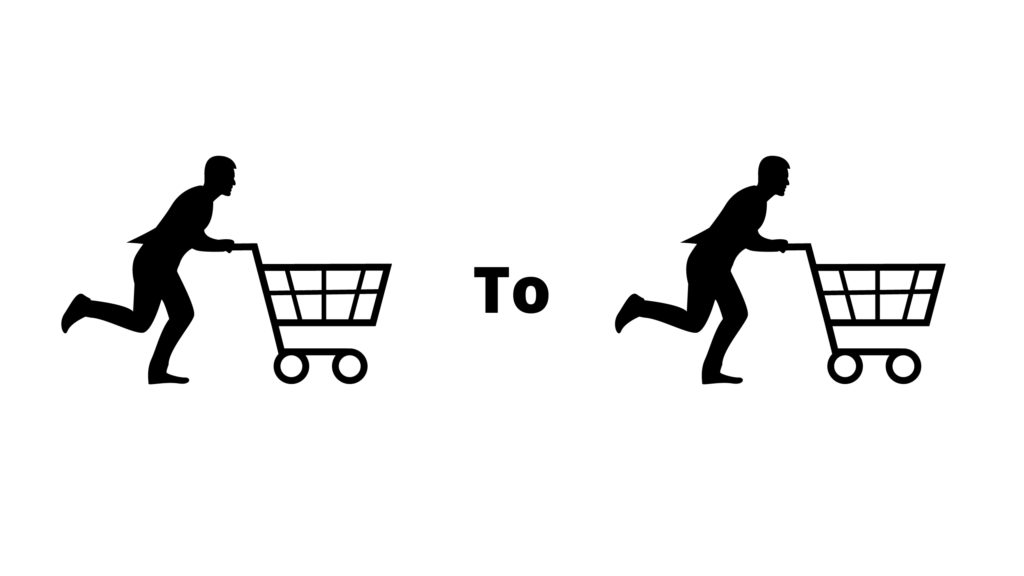
The Consumer-to-Consumer (C2C), also known as the Customer-to-Customer, business model is unique. While it existed in the past, this business model became much more popular due to the internet and online platforms.
In this model, there are usually three parties involved. As the name suggests, two consumers or customers transact with each other. However, there’s also a third party involved.
The third party in the C2C business model is the business or company that uses the business model. It is unique because the company, in this model, plays a passive role.
In almost all cases of this business model, the company only provides a platform or service through which different consumers can interact with each other.
Sometimes, the company may charge these consumers, while other times, it depends on other sources of income.
How does the Consumer to Consumer (C2C) business model work?
There’s often a lot of confusion about how the C2C business model works. The C2C model represents a situation where one consumer purchases products or services from another consumer using a third-party platform.
In this case, the third-party platform is an intermediary in the process, connecting both consumers and facilitating their transactions.
The C2C business model became popular due to the internet and developments in eCommerce. These inventions allowed companies to come up with online platforms, where various consumers can offer their products or services.
On the other end, other consumers can find those products or services and both parties can figure out how to conclude the transaction.
Consumers, when interacting with platforms through this business model, who are buying benefit from competition for the products and often get better prices than the market.
The selling consumers also benefit from getting a better price for their goods or services than the market would offer them.
The business model also opened up the door for trading or selling antiques or memorabilia items for much better prices than traditional ways.
The company that uses this business model doesn’t need to worry about the transaction details. Instead, it focuses on providing consumers with a platform where they can safely and easily transact with other users.
The company may charge these users for using the platform, while in others, it may introduce passive income sources, such as ads, to make money.
What are the advantages and disadvantages of the Consumer to Consumer (C2C) business model?
The C2C business model has its advantages and disadvantages, some of which are below.
Advantages
The most important advantage of the C2C business model is that it allows companies to benefit from consumers interacting with each other.
The company in question doesn’t need to provide products or services, but only a platform for users.
Using this platform can make money for a long time. Most C2C companies have perfected their platform and now generate excessive revenues without much work.
The C2C business model, as mentioned, is also advantageous for the consumers involved. Buyers can find products or services at lower prices than the market.
Similarly, for them, there is almost no cost involved in using these platforms. Some platforms don’t even need buyers to create an account to use their services.
On the other hand, sellers also benefit from using the platform. They can receive exposure to several buyers. In some cases, they may get exposure to millions of users, which is more than what any average buyer would need.
Usually, sellers need to register, but it is for free.
Disadvantages
The C2C business model comes with some high competition. Various online platforms are competing, often for the same customers, making the industry difficult for companies to operate.
The high competition mainly comes from the internet allowing businesses to replicate similar platforms easily.
Another prominent issue with these platforms is consumer safety. While the C2C business model facilitates users in various ways, it also introduces them to several risks, whether digital or physical.
For example, using these platforms can come with hacking or phishing risks, or a risk of loss of privacy.
Examples
The prime example of the C2C business model is online platforms, such as Craigslist and eBay. These companies provide online platforms for consumers to interact with each other and sell their goods and services.
While the consumers interact with each other, these companies charge a fee for transactions, either commission-based or for providing a listing in specific categories.
Conclusion
The Consumer-to-Consumer business model has become more popular due to the availability of internet and eCommerce advancements.
In this model, a company provides a platform through which consumers can interact. The company plays a passive role and earns money from consumer interactions through commissions or fees.